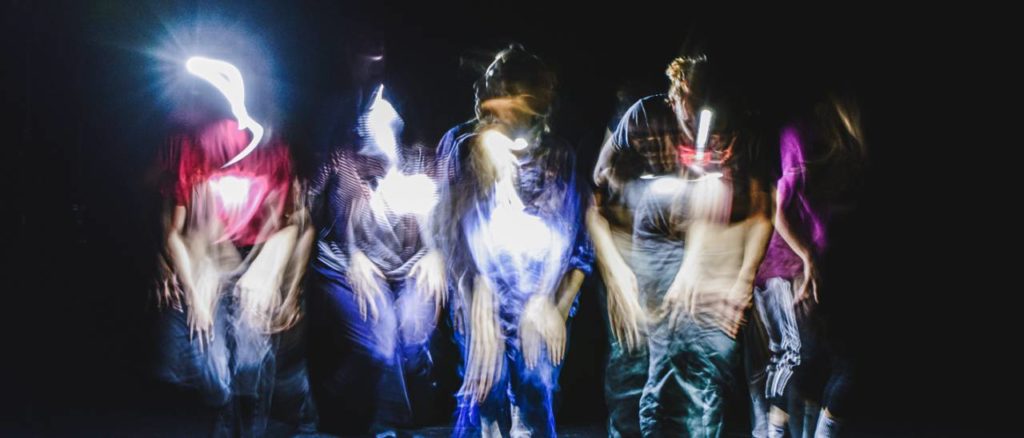
An eclectic evening of wonder, passion and skill.
What an incredible first experience of the infamous Les Misérables. So much thought and care had been given to each and every part of the evenings’ performance. It was this specific attention to detail that really drew the audience into the world of pre-revolutionary France.
Firstly, the set, Wow! The set used a mixture of visual effects alongside moving structures to create an immersive experience for the audience. The onstage set, predominantly wooden, was etched with details. From small engraved phrases to the layering of different components. The visual effects truly brought the set to life by adding intricacies to things that would otherwise be forgotten. Such as the water rippling and the stars twinkling. But only ever so slightly, just enough for you to question whether it’s really there at all or just your mind playing tricks on you.
The lighting played such a crucial role within the piece. Alongside the projected visual effects, it would bring a sense of realism to what was occurring on stage. An image of the meeting of the revolutionaries comes to mind. The light seeping through the barred windows, reflecting off the faces of the Males whilst they walked through the shadows making small talk with one and another. It was also with moments like the gunshots, where a bright light would suddenly glare, making the plot more accessible to the audience.
Even in the way the actors spoke it was evident the clarity and precision in which they gave out their words. Those deemed more common were usually paired with a Northern accent and those of a higher class with a more queens English. The use of different accents and dialects allowed clarification for the audience but also context as to the stereotypes and opportunities in that era.
The use of detail was also not only evident in the voices of the performers but most predominantly in the ensemble. Each performer held their own character, with their own physicality and own storyline. One could easily get lost watching the ensemble, with so many options to engage with. It was often the more hidden moments happening in the background which would cause me to smile or question things more deeply.
It wasn’t usually the way in which the text was presented as to how your emotions were driven. The text tended to set the pace, which kept a high engagement for the audience throughout the piece. Instead, the orchestra were key to how you responded to what was occurring on stage. At the moments I received goose bumps, I realised it wasn’t from the solos. Instead, from the accompaniment and the resonant quality that it echoed around the theatre creating an atmosphere unlike no other.
Each member of the cast was incredibly talented and without one, the piece wouldn’t be the same. It is truly the fine details which make this piece so magnificent and I predict it’s one of those where regardless of the amount of times you watch the performance, you would be drawn to different characters and their own tales each time. There are limited tickets available for the remainder of the performances but if you do get the chance to go, you are certainly in for a treat.

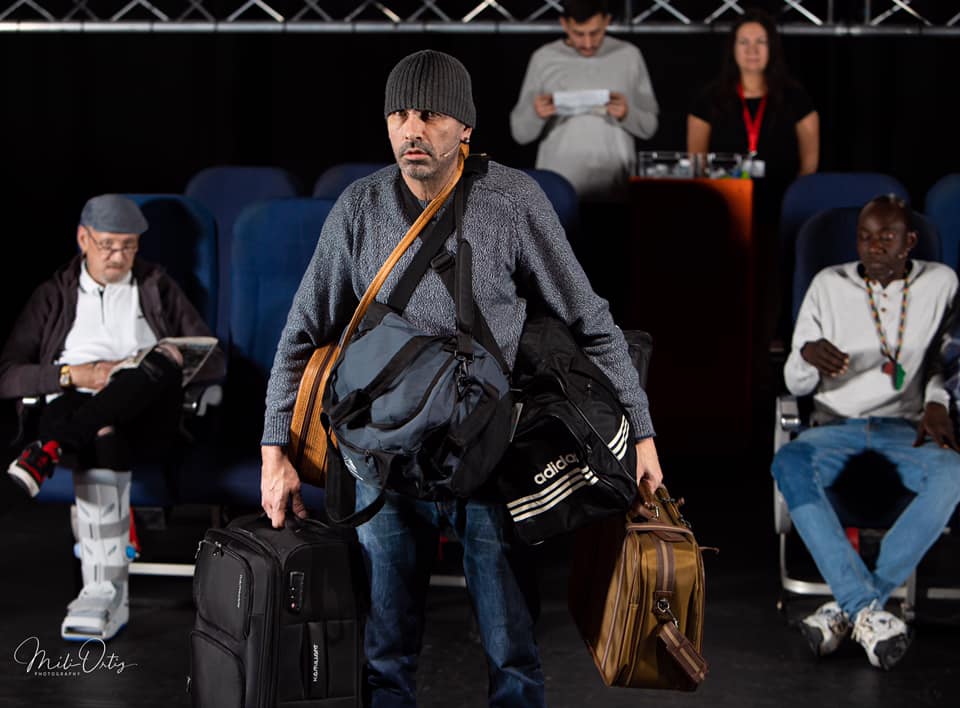
 (5 / 5)
(5 / 5)

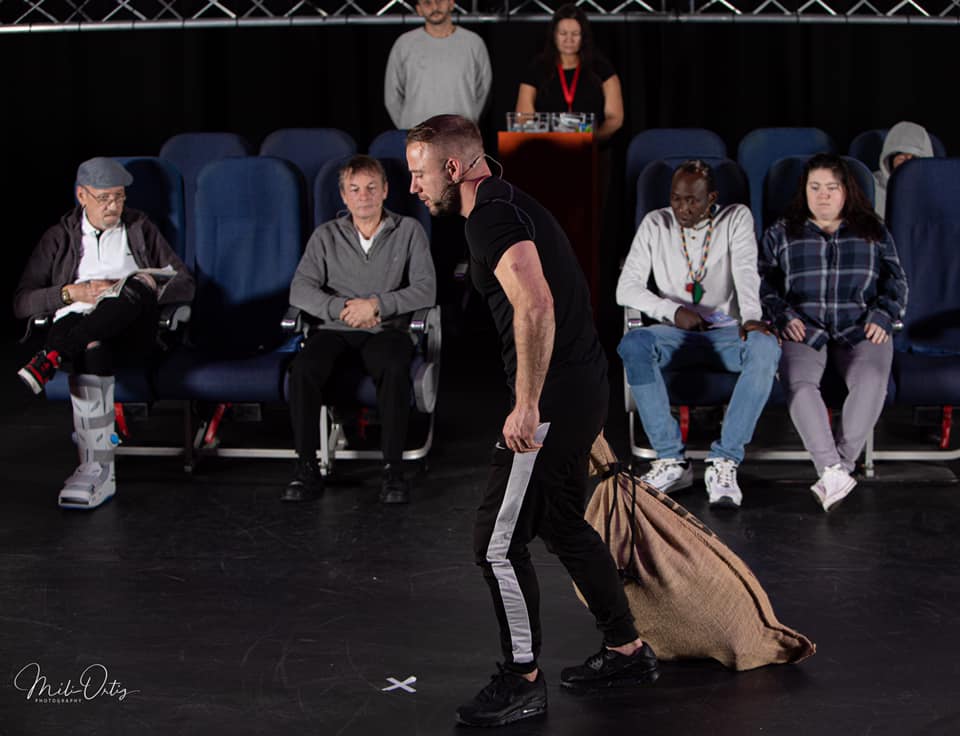
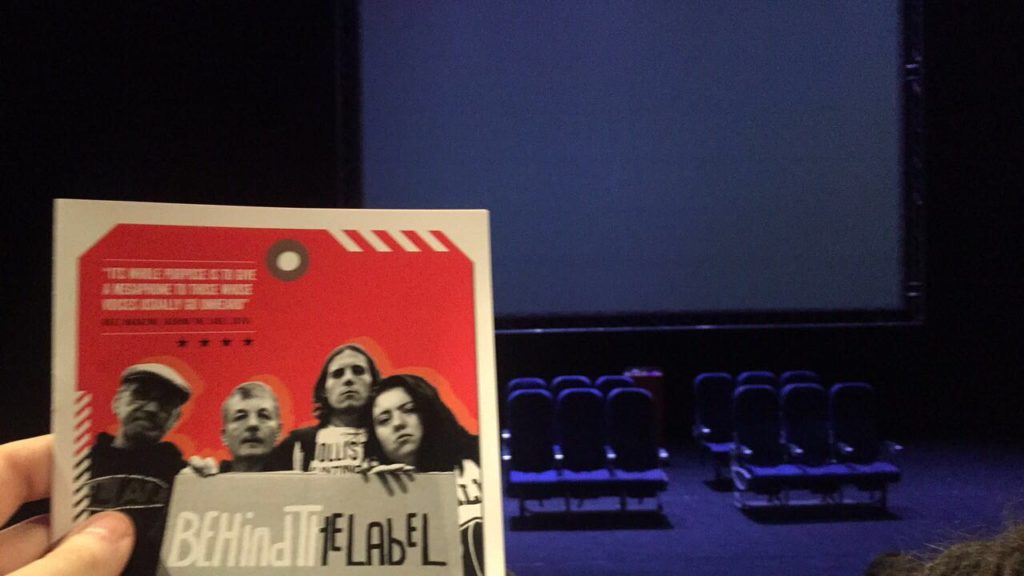
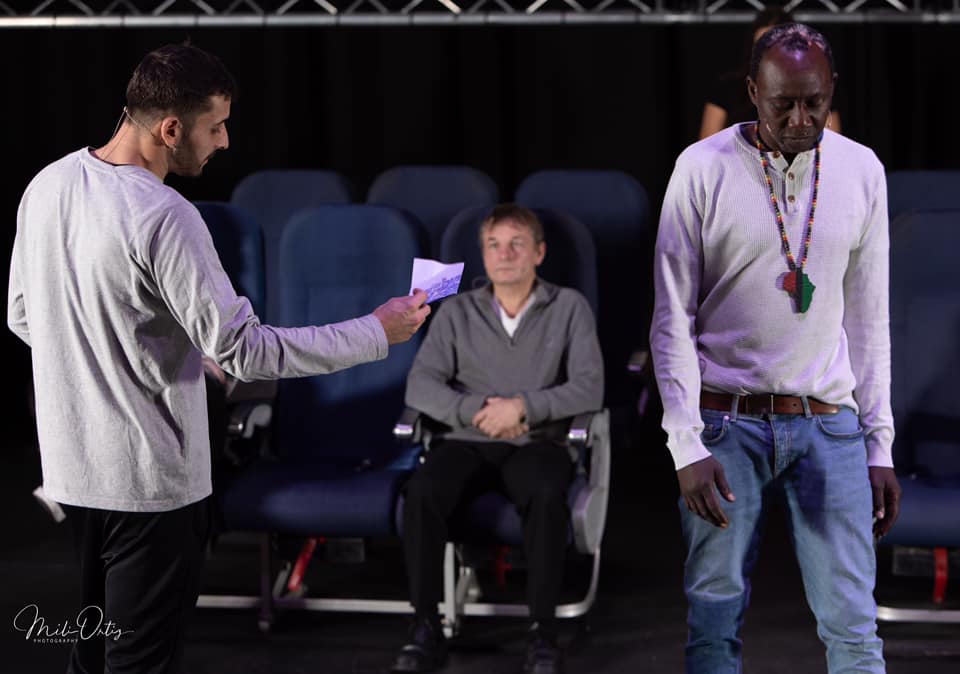



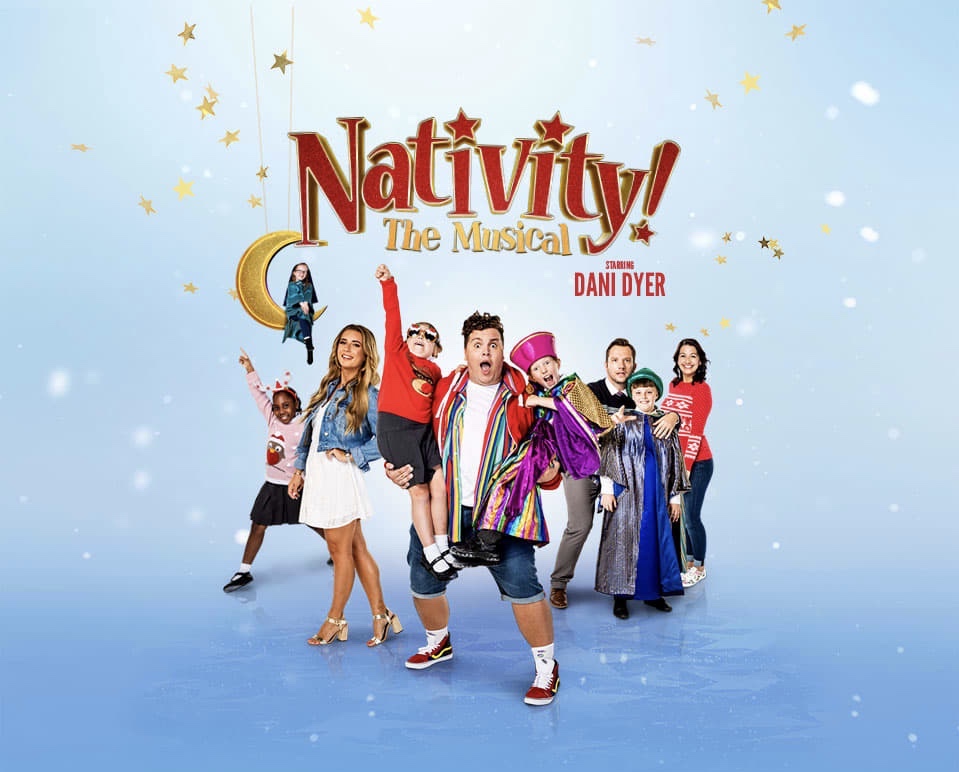
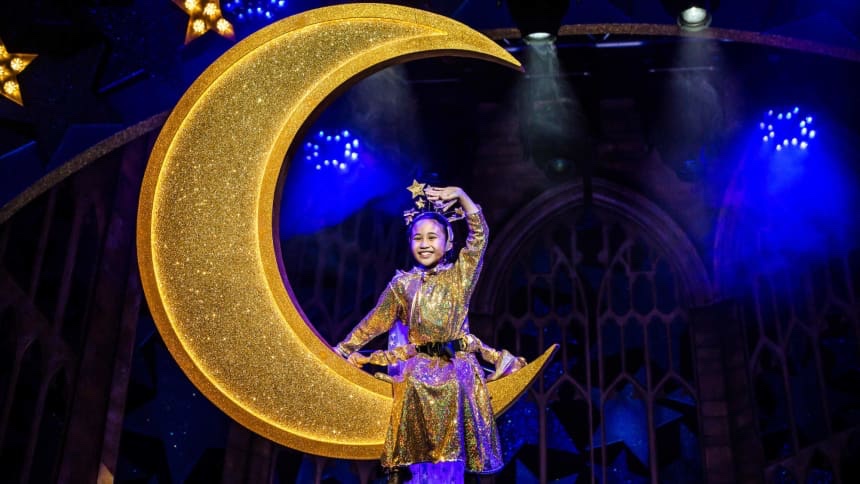
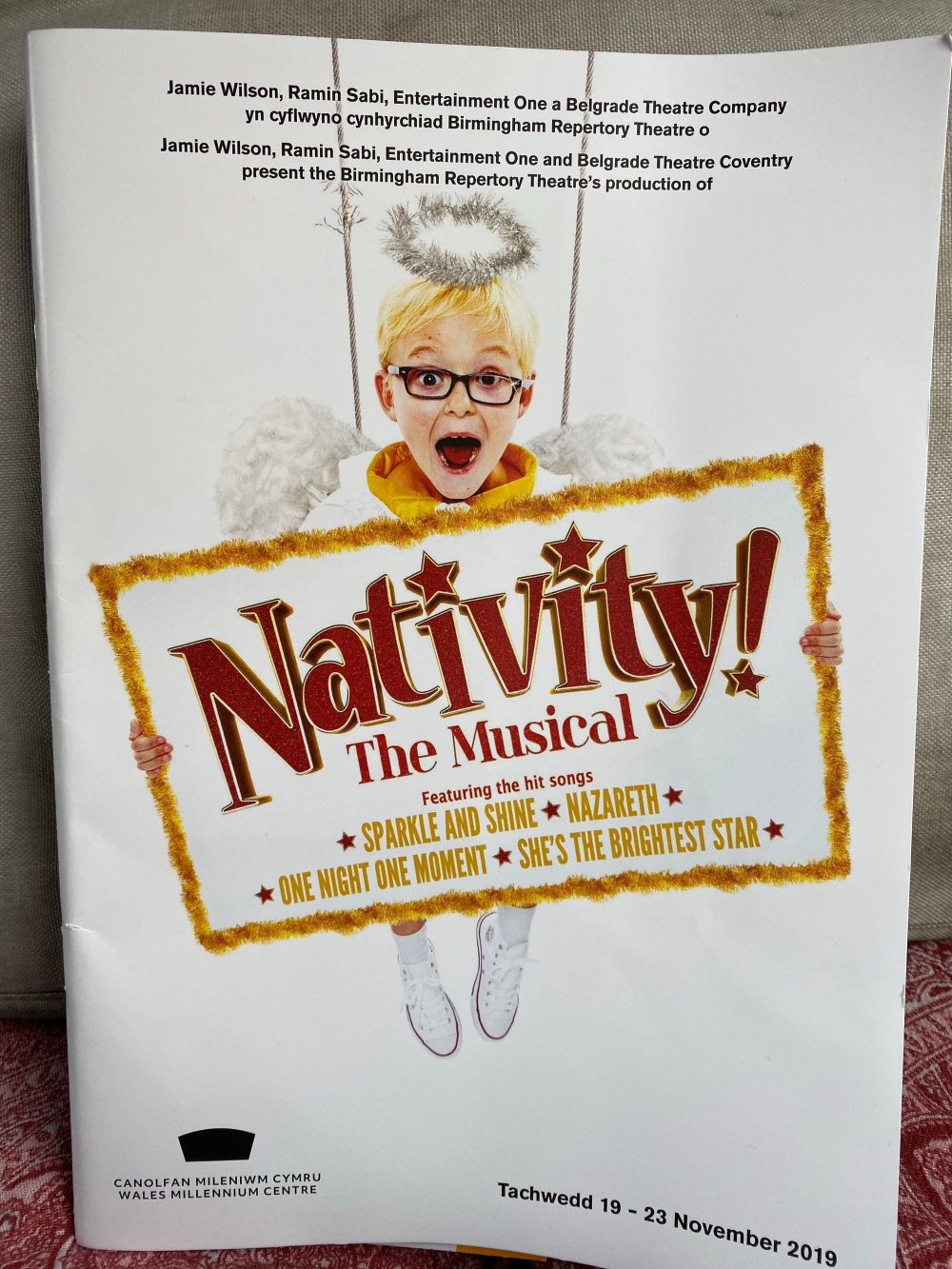
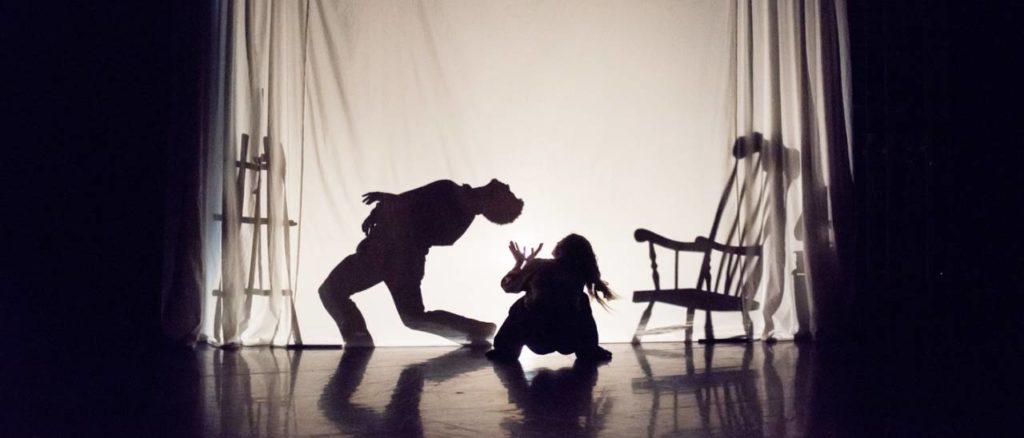

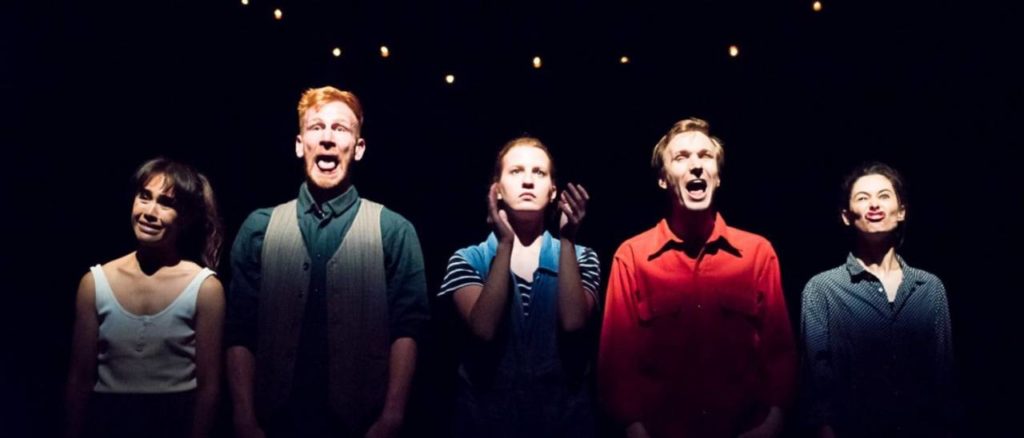
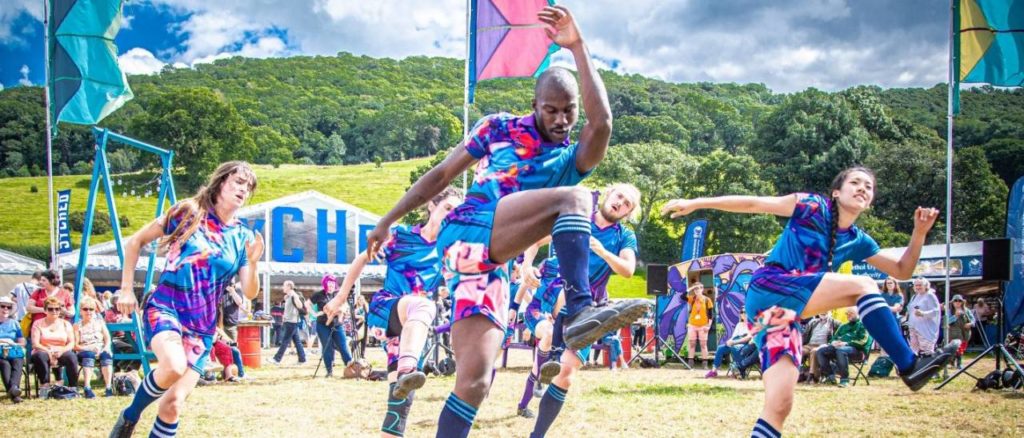
 (4 / 5)
(4 / 5)